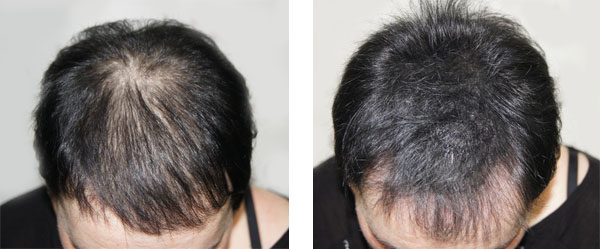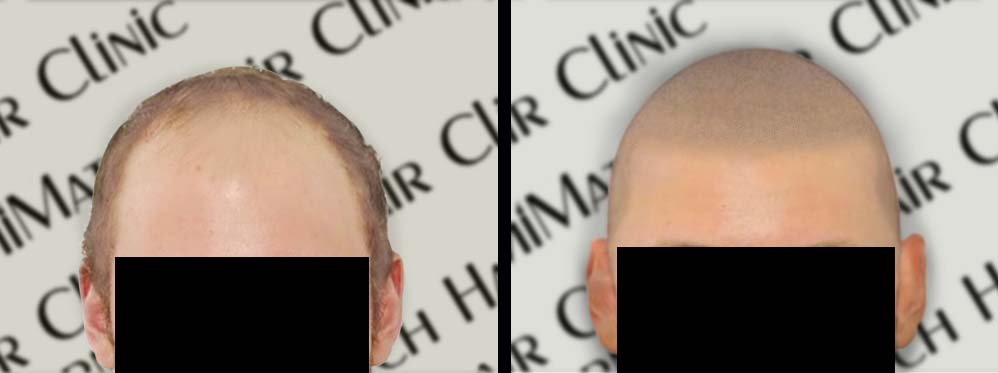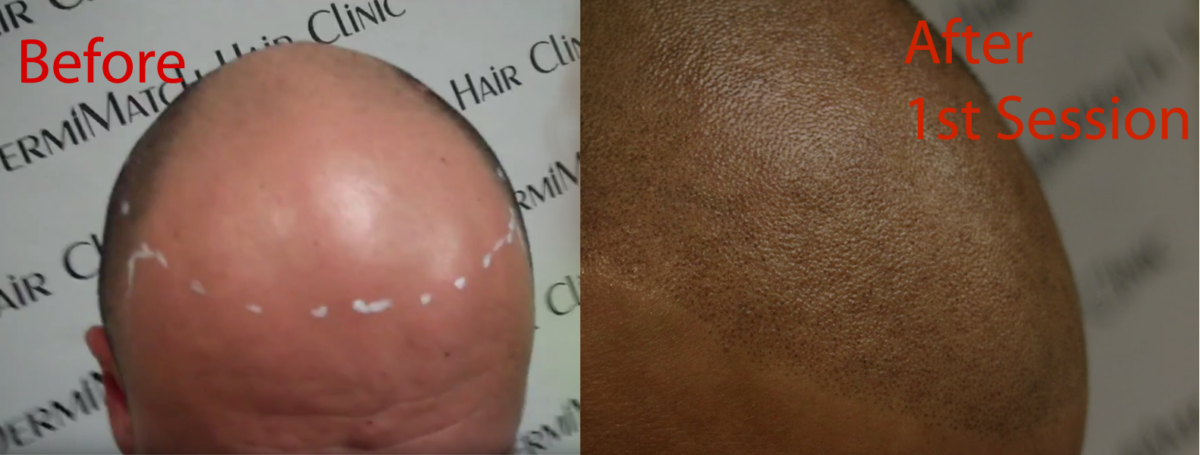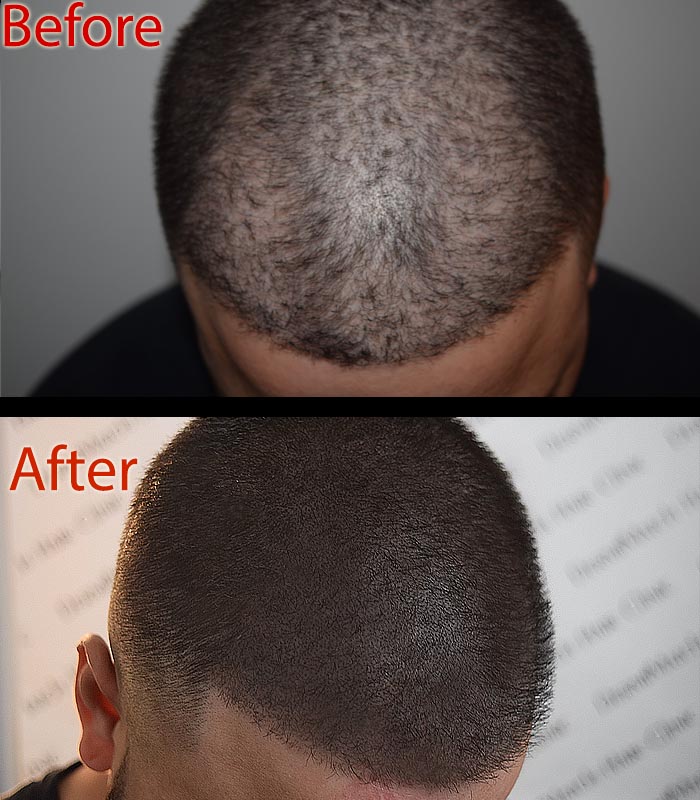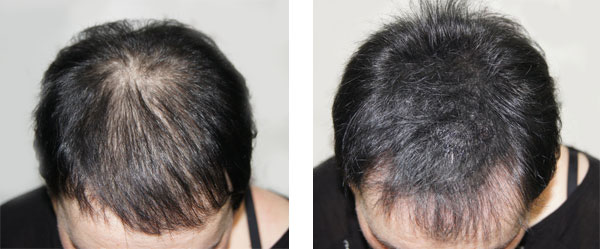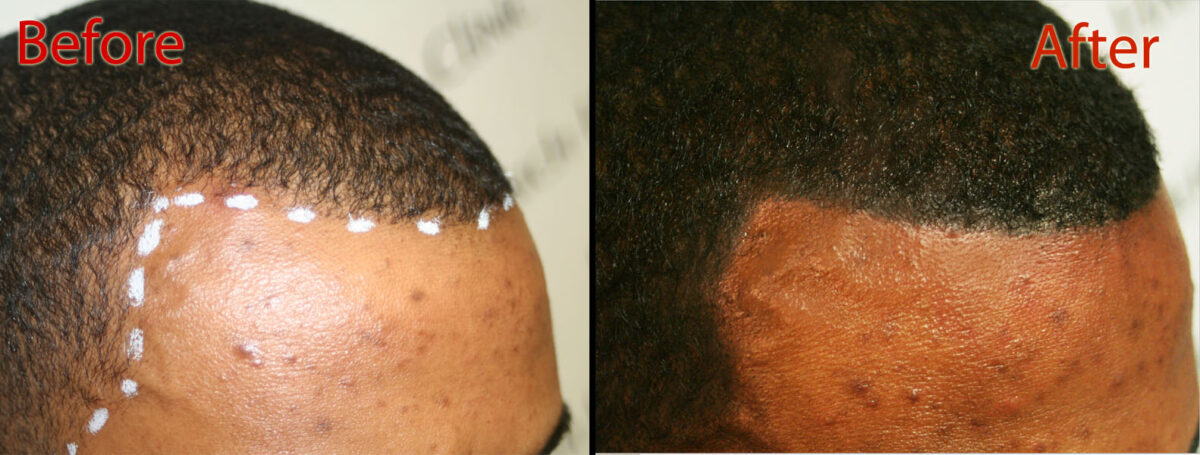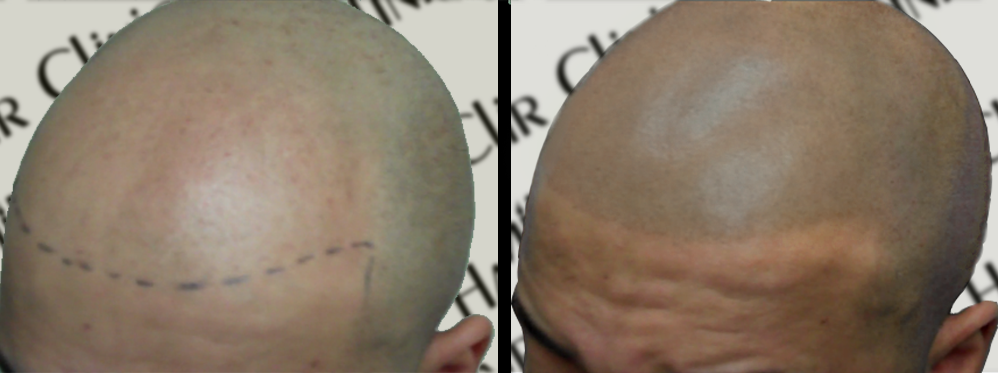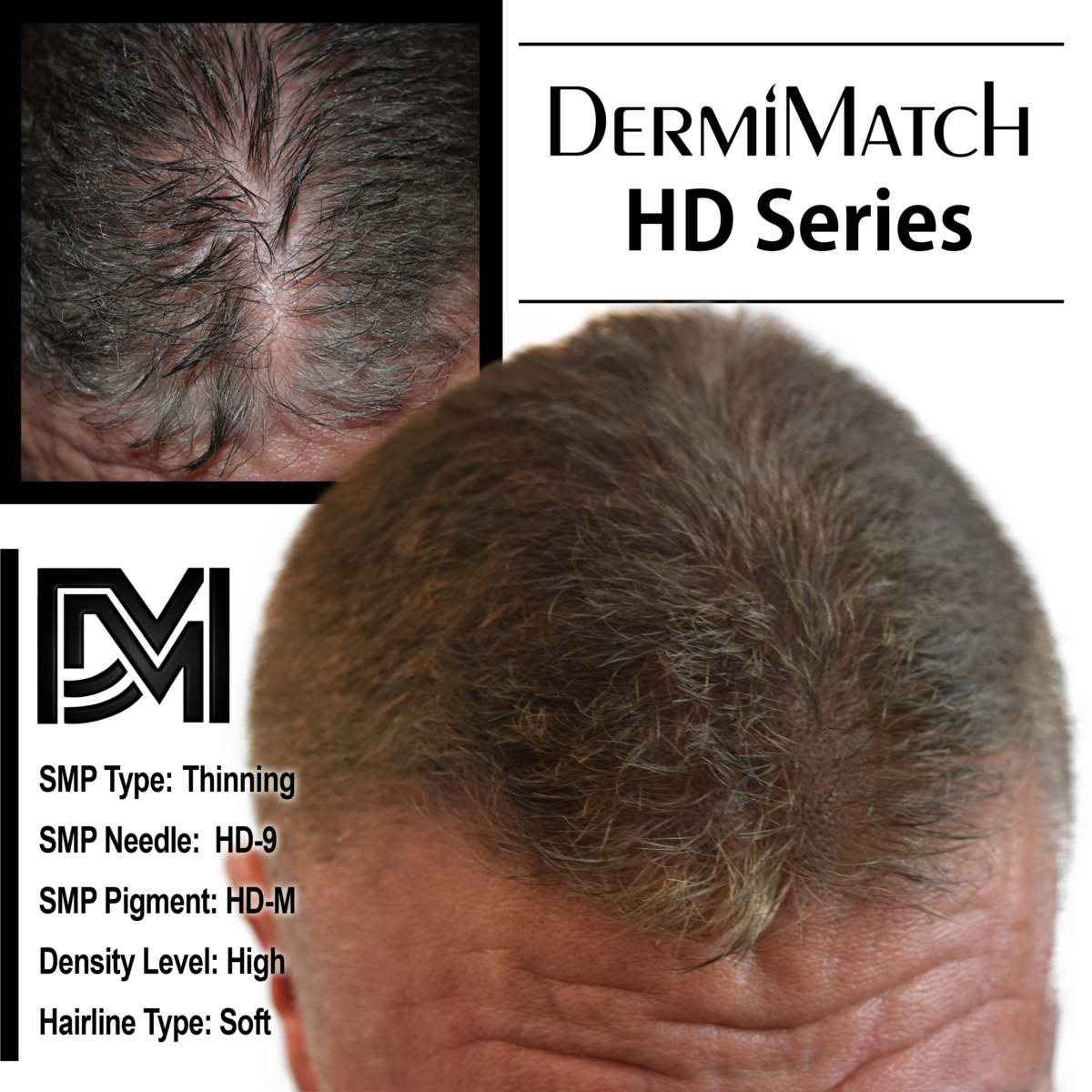Shedding hair is a natural process, with most people losing around 50-100 strands daily. However, many people report noticing increased hair loss during the summer months. Is summer hair loss a reality? Let’s discuss it further.
While shedding is a normal, ongoing process and part of the hair growth cycle. New hairs then begin to grow in their place. On the other hand, hair loss occurs when follicles are disrupted or damaged, resulting in an increase in shedding and a decrease in overall hair density. There are a few factors responsible for hair loss, including:
Genetics: A type of hereditary hair loss, androgenetic alopecia is known as male or female pattern baldness.
Hormonal Changes: Fluctuations in hormones, such as those experienced during thyroid, menopause, pregnancy, and childbirth, are to be blamed for a disrupted hair growth cycle.
Stress: Chronic stress can negatively impact hair growth by pushing follicles into the resting phase prematurely.
Medical Conditions: Certain medical conditions and medications can cause hair loss as a side effect.
Nutritional Deficiencies: Deficiencies in iron, vitamin D, or other essential nutrients can contribute to hair loss.
Weather changes: Seasonal factors could be responsible for hair loss. For example, summer hair loss is a reality due to increased exposure to the sun. Sun exposure causes sweating. Excessive sweating can clog follicles during hot days, making hair limp with noticeable shedding.
But increased summer hair loss does not translate to actual hair loss. It is a kind of temporary shedding.
Hair Shedding During Summer
Summer hair loss is the result of increased exposure to ultraviolet rays that can weaken hair and cause temporary hair loss through breakage. However, it’s not necessarily a case of hair follicles shutting down production entirely. Taking steps to protect your scalp and hair from the sun during summer can help minimize shedding and maintain healthy hair growth.
DNA Damage: UV radiation can damage the DNA of hair follicle cells, disrupting their growth cycle and potentially shortening the hair’s lifespan.
Scalp Inflammation: UV exposure can lead to inflammation in the scalp, creating an unhealthy environment for hair growth.
Hair Dryness and Breakage: UV rays can weaken the hair shaft, making hair more brittle and prone to breakage. This can lead to increased shedding during combing or brushing.
Summer Hair Loss Solution
For those experiencing hair loss, summer can be a time to shift your focus to scalp care. Scalp micropigmentation offers a revolutionary and summer-friendly solution. This non-surgical cosmetic procedure creates the illusion of thicker, fuller hair by depositing tiny pigments into the scalp.
If summer hair loss is a concern, scalp micropigmentation might be the solution you are looking for. It can hide the scalp problem and give you a youthful appearance.
So, ditch the summer hair loss woes and explore the benefits of scalp micropigmentation for a worry-free summer season.
Get in touch with DermiMatch Clinic scalp experts now to see if SMP is the way forward for you. A consultation with Arizona SMP practitioners is certainly the right step in that direction. Schedule your consultation now.

